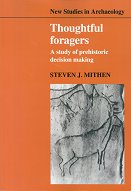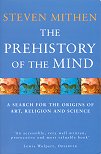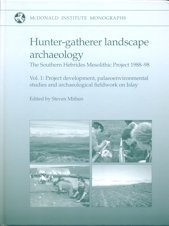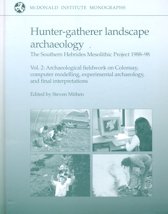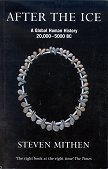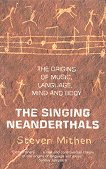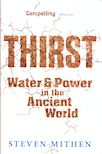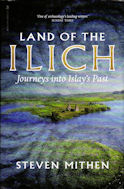Water, Life and Civilisation provides a unique inter-disciplinary study
of the relationships between climate, hydrology and human society
from 20,000 years ago to 100 years into the future.
At the heart of the book is a series of case studies
that integrate climate and hydrological modelling with palaeoenvironmental
and archaeological evidence to generate new insights into the Neolithic,
Bronze Age and Classical periods in the Jordan Valley.
The volume not only develops our understanding of this most critical region,
but provides a new approach and new methods that can be utilised
for exploring the relationships between climate, hydrology and human society
in arid and semi-arid regions throughout the world.
This volume describes how state-of-the-art models can simulate
the past, present and future climates of the Near East,
reviews and provides new evidence for environmental change from geological deposits,
builds hydrological models for the River Jordan and associated wadis
and explains how present-day urban and rural communities manage their water supply.
It demonstrates how the theories and methods of meteorology, hydrology, geology,
human geography and archaeology can be integrated to generate new insights,
not only into the past, from the hunter gatherers of the Pleistocene
to classical civilisation, but also into the present and future.
As such, it is an invaluable reference for researchers and advanced students
concerned with the impacts of climate change and hydrology on human society,
especially in the Near East.
